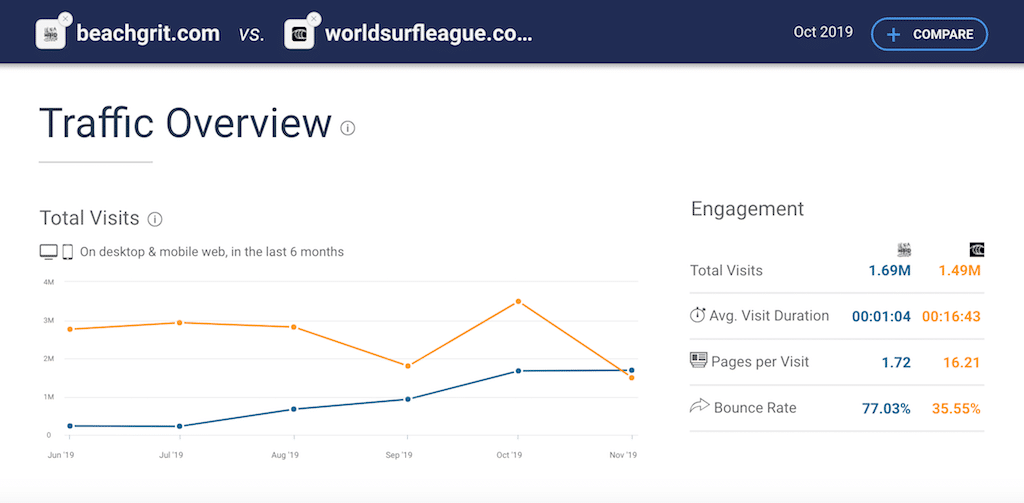"It might be scary to talk about but it's reassuring to know that there is something you can do and it's not complicated."
The spectre of turning around and seeing your pal getting de-limbed by a Great White ain’t the stuff of abstract nightmares around Western Australia’s south-west.
But a shark attack, even by a monster White, doesn’t necessarily mean a death sentence.
Recently, I took a phone call from the former world number sixteen surfer Mitch Thorson, now a real estate agent and owner of West wetsuits in Margaret River.
Over the past half-a-doz years Mitch has been a regular contact whenever I needed a little insider trading around the latest shark hit or bump or whatever. He grew up surfing at Rottnest Island, a sharky enough joint just off the Perth coast, and moved into Margs before the Whites started to make their presence felt from 2004 onwards.
Mitch thought I might be interested in a “Shark Bite Management Demonstration” he was running with a couple of emergency department doctors, John Cohen and Phil Chapman.
It’s the not-so-new reality around these parts.
There’s sharks, there’s going to be hits. Be prepared.
What do you do?
First, losing a leg don’t mean you or you pal is going to die. It’s not going to be pretty, but Jesus ain’t necessarily sending his angels down just yet.
According to Cohen, who is thirty-nine and who grew up in Canada and got into surfing while at college in Hawaii, if you can get the de-limbed person to the beach and apply a tourniquet above the wound so no blood can spurt out the hole you’re good.
He say that once you’ve stopped the blood flow you’ve got four hours before the leg, or arm, is choked off and dies. It means if you’re at a remote beach with no phone redemption, you can tourniquet the wound and take off for an ambulance or chopper without your buddy dying.
“It’s the same principle as a car crash, someone falling off a building or getting hit by a bullet in Iraq,” says Cohen. “Stop the bleeding and get the surfer to shore. In thirty seconds, using a tourniquet, you’ve saved a friend’s life.”
But, who’s got a tourniquet, right?
Cohen’s eureka moment came in 2016 when he pulled up to a gorgeous lefthand point just out of Yallingup: classic conditions, six-foot waves and nobody in the lineup.
One guy came in saying he thought he saw a shark.
“He was freaking out,” says Cohen. “It was just after that Mandurah attack and sharks were on everybody’s mind. I ended up going out but it wasn’t enjoyable. How could there be perfect waves, no one out and I wasn’t having a great time? What the fuck?”
Cohen, who’s worked the emergency room at nearby Busselton Hospital, figured he had the expertise so why couldn’t he help solve the problem of preventable shark attack deaths?
He knew that most Great White hits were a bit-and-release taste test so once the shark left, if you thought quickly enough a life could be saved.
Cohen spent three years trying to bring to market a tourniquet that was was so light it didn’t interfere with your surfing, you could apply it with one hand and you could do it ten seconds.
It got to the point where all the designers and engineers he spoke to wanted fifty-grand or a hundred gees to get it ready for production.
So he pulled back, repurposed military tourniquets and sells ’em on his site bettersurf.com.au for thirty bucks apiece or sixty if you want a version built into a legrope.
It’s clearly no get-rich-quick pitch.
“I know I’m not going to make a million dollars. I just want to get ’em out there,” he says.
Cohen also offers free downloads of first aid books on his site.
In January, he’ll be working in the emergency department of Esperance Hospital, the same joint where seventeen-year-old surfer Laeticia Brouwer was brought in and where she died in 2017 after being hit by a White at a popular wave called Kelpies.
Cohen wants to get a haemorrhage kit at Kelpies. He says it might make the difference between life and death if someone is attacked.
“I know some guys who were in the ED that day and it was a traumatic experience to manage. Cases like the are preventable deaths. People can act on the beach if they’re there when it happens. It might be scary to talk about but it’s reassuring to know that there is something you can do and it’s not complicated.”
The paralysis common among crowds at a disaster or accident can be broken by doing something, by being focussed on a task.
“All it takes is one person to squeeze the leg in the right spot,” says Cohen. “You only die from bleeding to death. Stop the bleeding, you stop the death. It’s the same as what soldiers in Iraq do. Their buddy gets shot in the leg, they put a tourniquet above the bleeding point, and they live.”
It ain’t complicated.
“You just have to step up and act,” he says.










